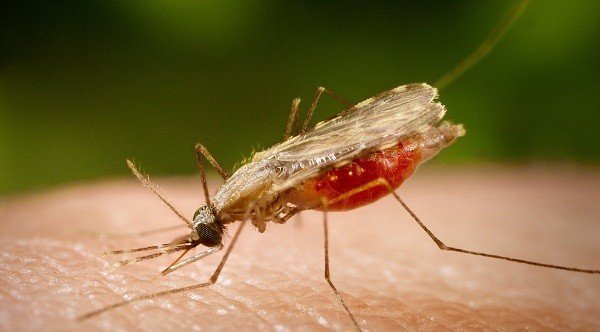Elephant disease

Description
Lymphatic filariasis, commonly known as elephantiasis or elephantiasis is a parasitic infection that affects nearly 1.4 billion people in 73 countries worldwide .
Over 120 million people are infected, and about 40 million are disfigured and incapacitated by the disease. The disease can cause changes in the lymphatic system and abnormal enlargement of body parts, causing pain, severe disability and social stigma.
To interrupt the spread of the infection, the WHO recommends the annual administration of single doses of 2 drugs for all people in regions where the infection is endemic.
Lymphatic filariasis is a neglected tropical disease. Parasitism occurs when filarial parasitesare transmitted to humans by mosquitoes.
Parasitosis is usually acquired in childhood and causes hidden damage to the lymphatic system. But elephantiasis develops later in life and can lead to permanent disability.
Approximately 80% of those infected live in the following 10 countries: Bangladesh, the Democratic Republic of the Congo, Ethiopia, India, Indonesia, Myanmar, Nigeria, Nepal, the Philippines, and the United Republic of Tanzania.
What are the symptoms?
Lymphatic filariasis occurs in an asymptomatic, acute and chronic phase. In most cases, the disease is asymptomatic and does not cause the appearance of any external signs of the infection.
In this asymptomatic phase, the disease causes damage to the lymphatic system and kidneys and changes to the body’s immune system.
If the parasitic infection goes into its acute phase, localized inflammations develop, affecting the skin, lymph nodes and vessels, which is often accompanied by chronic lymphedema or elephantiasis.
In some cases, the inflammations are caused by the body’s immune reaction to the parasite. However, they are usually the result of the bacterial infection of the skin, as the body’s defenses are partially lost due to the already damaged lymphatic system.
When lymphatic filariasis progresses into a chronic form, lymphedema /swelling/ or elephantiasis develops – thickening and swelling of the skin and tissues of the limbs and hydrocele – swelling of the scrotum. Breasts and genitals are often affected.
What are the causes?
Lymphatic filariasis is caused by infection with parasites classified as nematodes /roundworms/ of the Filariodidea family.
There are 3 types of these filamentous worms called filaria:
• Wuchereria bancrofti – causes 90% of cases;
• Brugia malayi – responsible for the rest of cases;
• B. Timori – also causes disease;
Adult worms settle in the lymphatic system and disrupt the body’s entire immune function.
The lifespan of the worms is 6-8 years, during which time they release many microfilariae /immature larvae/ into the bloodstream, which circulate in the bloodstream.
Mosquitoes become infected with microfilariae when they bite an infected person and ingest their infected blood. The larvae mature to their infective form inside the mosquito’s body.
When an infected insect bites a person, the parasite’s mature larvae penetrate the person’s skin and can then enter the bloodstream.
The larvae then migrate to the lymphatic vessels, where they develop into adult worms, thus completing one cycle of transmission.
Lymphatic filariasis is transmitted by different types of mosquitoes:
• Culex – widespread in urban and semi-urban areas;
• Anopheles – mainly in rural areas;
• Aedes – mainly in endemic Pacific islands;
Treatment of elephantiasis
Initial treatment consists of bed rest, elevating the affected limbs and wrapping them in bandages. This helps reduce swelling.
If signs of infection are present, the next step is to care for the skin of the foot and thigh to prevent infection, which can increase swelling. The skin is carefully washed and dried.
Nails are trimmed and cleaned to avoid injury and unintentional infection.
As for the drugs that are applied, they are diethylcarbamizin, which destroys microfilariae and some of the adult helminths. A combination of albendazole and ivermectin may also be used.
During the treatment, serious attention should also be paid to the presence of Wolbachia bacteria, which exist in symbiosis with filaria.
When an antibiotic is used to kill the bacteria and the worm dies. Diethylcarbamise can kill both the microfilariae and the adult worms.
However, the rapid elimination of parasites can cause an acute immune reaction such as fever, sore throat and muscle pain. Therefore, smaller doses of the drug are often prescribed in combination with steroids, anti-inflammatory drugs to alleviate the initial immunological reactions.
For the global elimination of filariasis, WHO recommends a single dose of ivermectin with or without albendazole.



